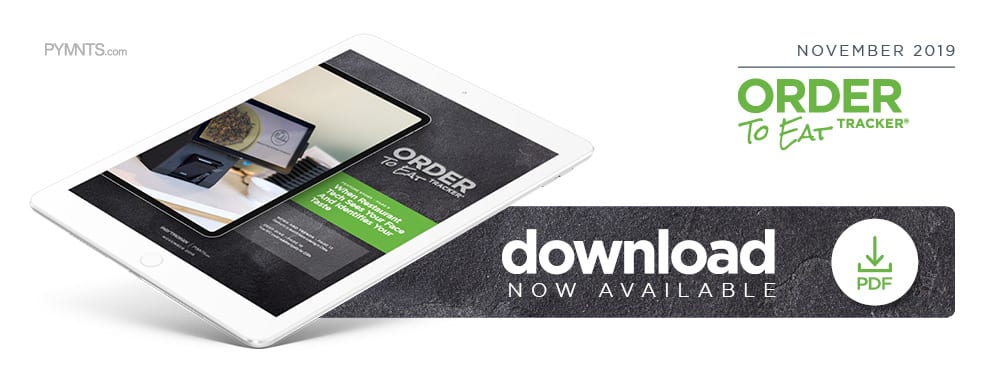How NFC Loyalty Is Changing The Way QSRs Approach Rewards

Creating dedicated, loyal customers is a constant challenge for competing eateries. Consumers want greater access to mobile tools and payments, even at the physical POS, and they especially want quick and easy rewards access. The Order To Eat Tracker’s Deep Dive explores how near-field communication (NFC), or contactless payment technology, can enhance loyalty programs for the smartphone-savvy.
Loyalty and rewards programs have needed to evolve as consumers increasingly manage the majority of their daily lives through mobile devices. Those who want to participate no longer browse physical catalogs or wade through their mail for branded cards to get deals — they want access to their loyalty points anywhere, anytime.
Those preferences mean that mobile programs are necessary, but they — more importantly — mandate quick, convenient and flexible rewards offerings. Technologies like near-field communication (NFC) have emerged as an especially intriguing way for quick-service restaurants (QSRs) and other businesses to tie the ordering and loyalty experiences to today’s mobile users’ needs. Customers are drawn to payment methods that take as little time as possible, which is why many have embraced methods that lack signature, PIN or credit card information requirements, and instead opt for quicker paths that mirror one-click ordering on eCommerce sites.
NFC technology — also known as contactless payment technology — can provide the speedy experiences consumers desire, while also offering QSRs a wealth of personalized insights. NFC payments are available for both Apple Pay and Google Pay mobile wallets, and linking loyalty services to that technology can immediately benefit QSRs. One study showed that consumers with access to NFC loyalty programs visit restaurants 60 percent more often — a sharp jump in both customer interaction and spending. NFC-enabled loyalty programs can, thus, lead to longer-lasting and more trusting relationships between QSRs and customers who already want to use mobile phones for one-touch payments.
NFC’s Draw And Impact On Loyalty
NFC is simple: It lets two devices exchange information when they are brought close enough to one another. Most smartphones are NFC-enabled, and compatible terminals are beginning to crop up as consumers begin to rely more on this technology, which allows them to tap their phones at checkout and avoid fumbling for physical cards.
Sales generated by NFC and other contactless payment technologies are predicted to reach $190 billion and 60 million users in the U.S. by 2020. This represents a usage boom, as the past five years’ sales only totaled $9 billion. The technology is certainly projected to become more popular, but why link it to loyalty programs?
Users are more likely to engage with rewards points — and the companies that offer them — if the points come attached to speedier payment methods. Technologies like NFC Loyalty ID, which sends customers’ personal details directly to QSRs’ loyalty programs, can increase engagement by instantly showing users what they earned from their purchases. Automatically calculated amounts can be more easily redeemed, reducing potential POS frictions for customers. This method allows QSRs to more seamlessly offer instant redemptions, and program members can keep track of their perks through their mobile devices.
NFC loyalty solutions can also provide more data to QSRs, helping them tailor the rewards that consumers receive. These technologies can track customers’ visit times, preferred locations and transaction details — data that can be used to generate more enticing offers. It is also worth noting that NFC and contactless payment method users are typically about five years younger than other guests, and that they tend to spend more on individual orders than those paying with credit or debit cards.
Rewards And The Future Of QSRs
Tying loyalty to mobile NFC IDs seems to wrap customer satisfaction and sales benefits into one neat package, but restaurants and QSRs will need to ensure that they stay ahead of the competition when implementing these services. They must guarantee that the information exchanged via NFC is protected from fraudsters, as customers remain as unforgiving of data breaches as ever.
The spread of NFC technology for payments and loyalty programs is likely to continue. Companies utilizing such tools will need to act quickly on NFC data insights if they want to outrun other brands, and keep consumers coming back for more.
